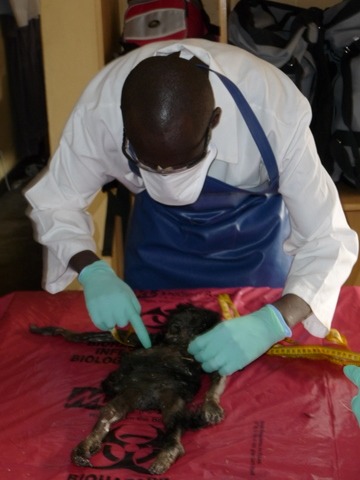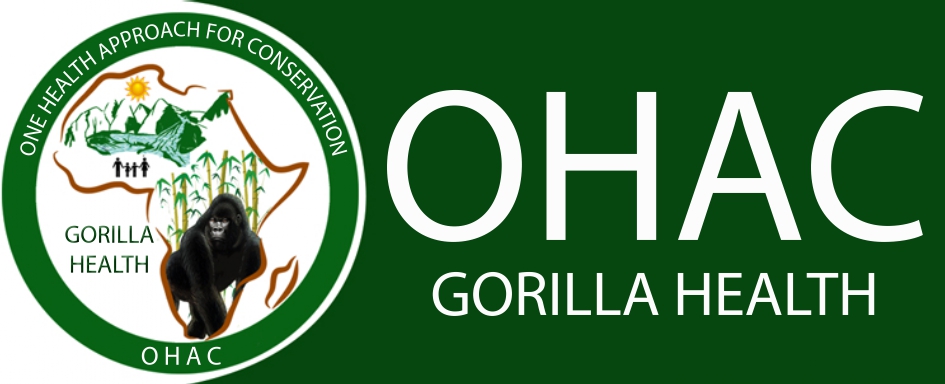Mountain Gorilla Veterinarians
The One Health Approach for Conservation (OHAC) – Gorilla Health contributes to develop and improve measures to control and/or eradicate livestock and wildlife animal diseases in the Country. Ensured planning and implementation of conservation policy control measures and eradication procedures for outbreak of infectious, contagious wildlife animal diseases and provide data with high quality samples within the One Health framework. We contribute and participated in field studies, investigations, necropsies and surveillance projects related to wildlife animal in protected areas
Dian Fossey Legacy: Upon her arrival at the gorilla habitat, Dian Fossey encountered a forest besieged by various threats such as deforestation, poaching, cattle grazing and other human encroachments. Recognizing the urgency of the situation, Fossey swiftly initiated measures to combat these challenges including the request for the first veterinarian. She understood that without immediate and resolute intervention, any efforts towards long-term conservation would be futile.
With The One Health Approach for Conservation (OHAC) – Gorilla Health support, our Veterinary interventions account for up to 60 per cent of the difference in growth rates between habituated versus unhabituated gorillas: with the remaining difference likely arising from greater protection against poachers. Our team various countries in East and Central Africa advising others on setting up programs similar to the ones he devised in the Virunga massif. OHAC- Gorilla health experts travel to various universities in the Great Lakes Region and train the next generation of conservation scientists.
The Mountain Gorillas traverse national boundaries where Mgahinga, Volcanoes, and Virunga National Parks converge. Estimates suggest a population of approximately 604 mountain gorillas. Classified as Endangered by the IUCN Red List, the Mountain Gorilla’s range includes Uganda, Rwanda, and the Democratic Republic of Congo. These gorillas inhabit the dense, cloud-covered rainforests of the Virunga Volcanoes, situated at elevations between 2,000-4,000 meters within the National Parks of Mgahinga and Bwindi (Uganda), Volcanoes (Rwanda), and Virunga (Democratic Republic of Congo). Primary threats include habitat loss due to road construction, deforestation for agriculture and logging, poaching for bushmeat, or unintentional capture in traps set for other species, as well as diseases like Ebola and other respiratory illnesses transmitted by humans.
We maintained a database on wildlife major disease events in the country and reported annually wildlife diseases occurrence. We Contribute to development and improvements of measures to control and/or eradicate livestock and wildlife animal diseases in the Country. Ensure planning and implementation of conservation policy control measures and eradication procedures for outbreak of infectious and contagious wildlife animal diseases within the One Health framework strongly supported by the United Nation Environment Programme (UNEP). We contributed, participated and trained worldwide veterinarians and biologists in field studies, investigations, necropsies and surveillance projects related to wildlife in the Virunga Massif, The Nyungwe National Park, the Akagera National, the Bwindi Impenetrable National Park and different other East Africa protected areas.
We investigate as well Transboundary Animal Diseases (TADs) which are epidemic diseases that are highly contagious and have the potential to rapidly spread, irrespective of borders, causing serious socio-economic damage. We work on the Trypanosomiasis (The potential economic benefits of controlling trypanosomiasis using waterbuck repellent blend in sub-Saharan Africa – https://pubmed.ncbi.nlm.nih.gov/34283848/)
We provide lectures on different courses: Epidemiology, One Health concept, wildlife diseases and Primatology in different universities in Rwanda (University of Rwanda and Conservation Colleges (KCCEM), and in Senegal ‘Cheik Anta Diop University (Master program). We support wildlife organisations and government conservation/ environment institutions
Identified our expertise in various veterinary interventions for gorilla health in Africa
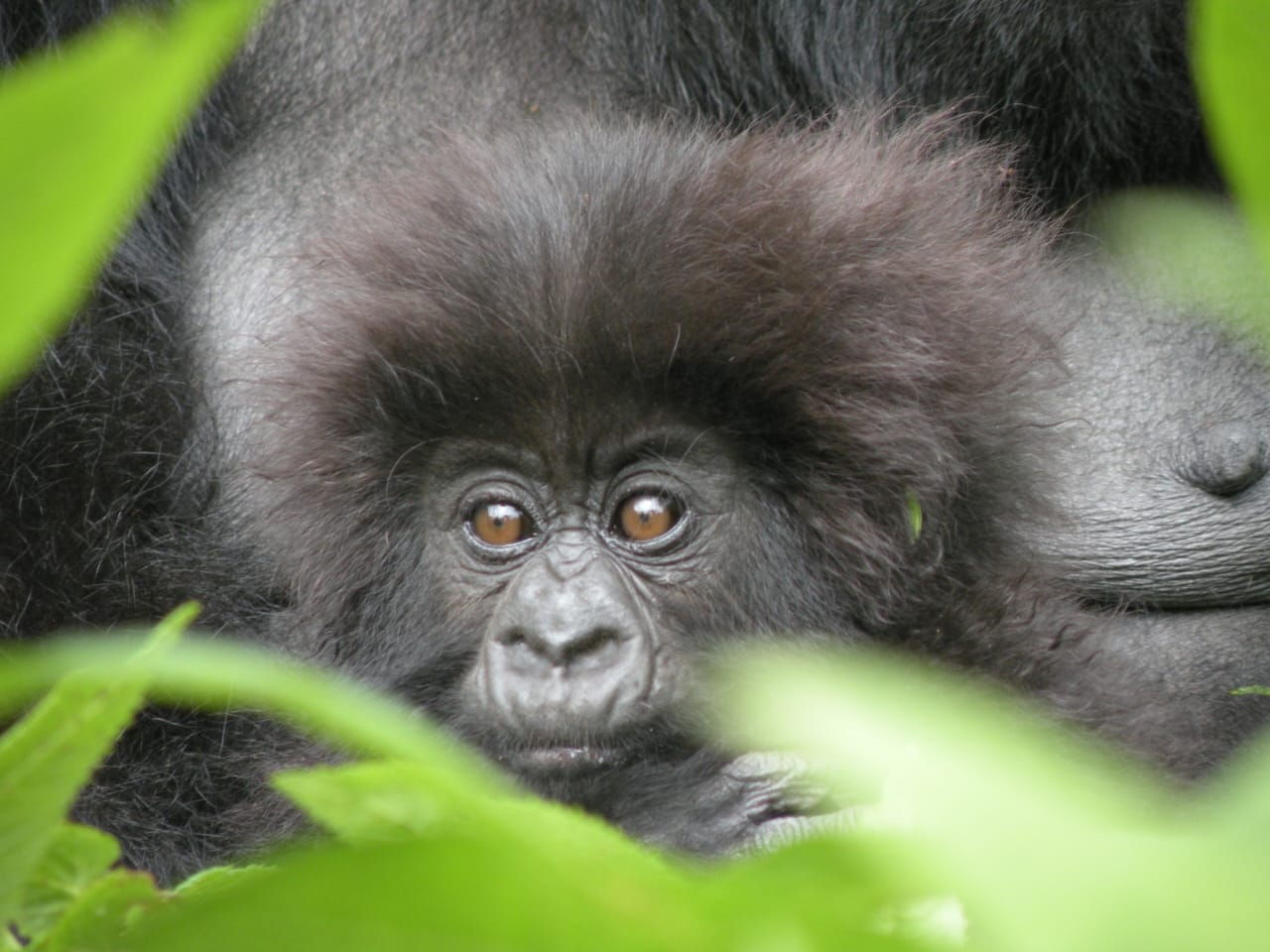
Gorilla health monitoring
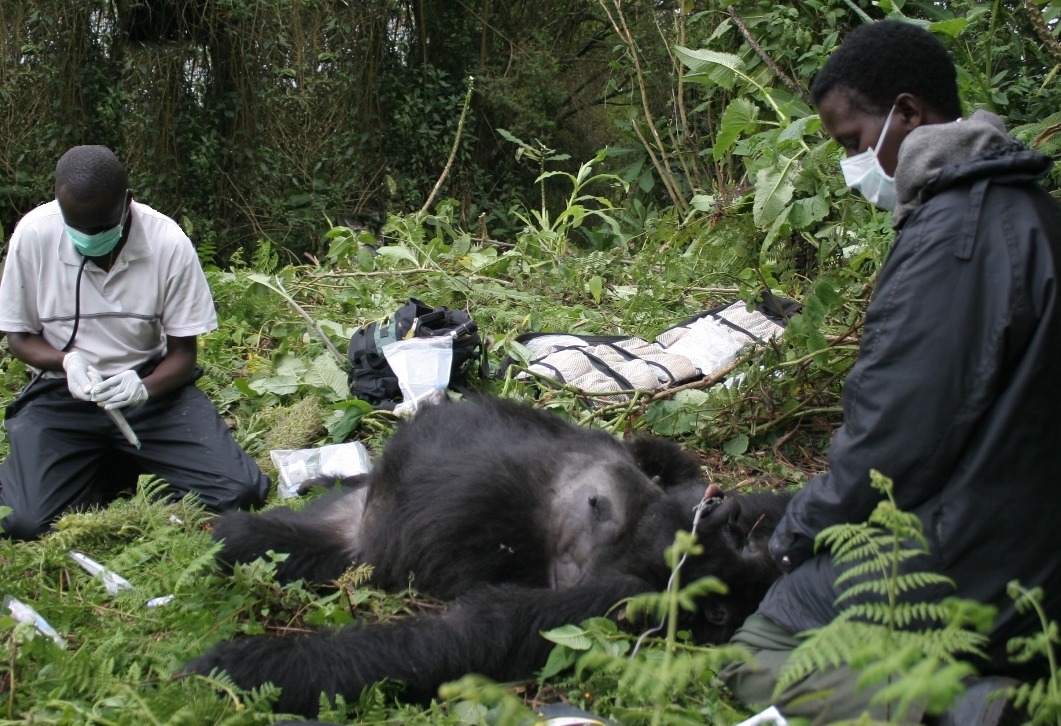
Gorilla diseases
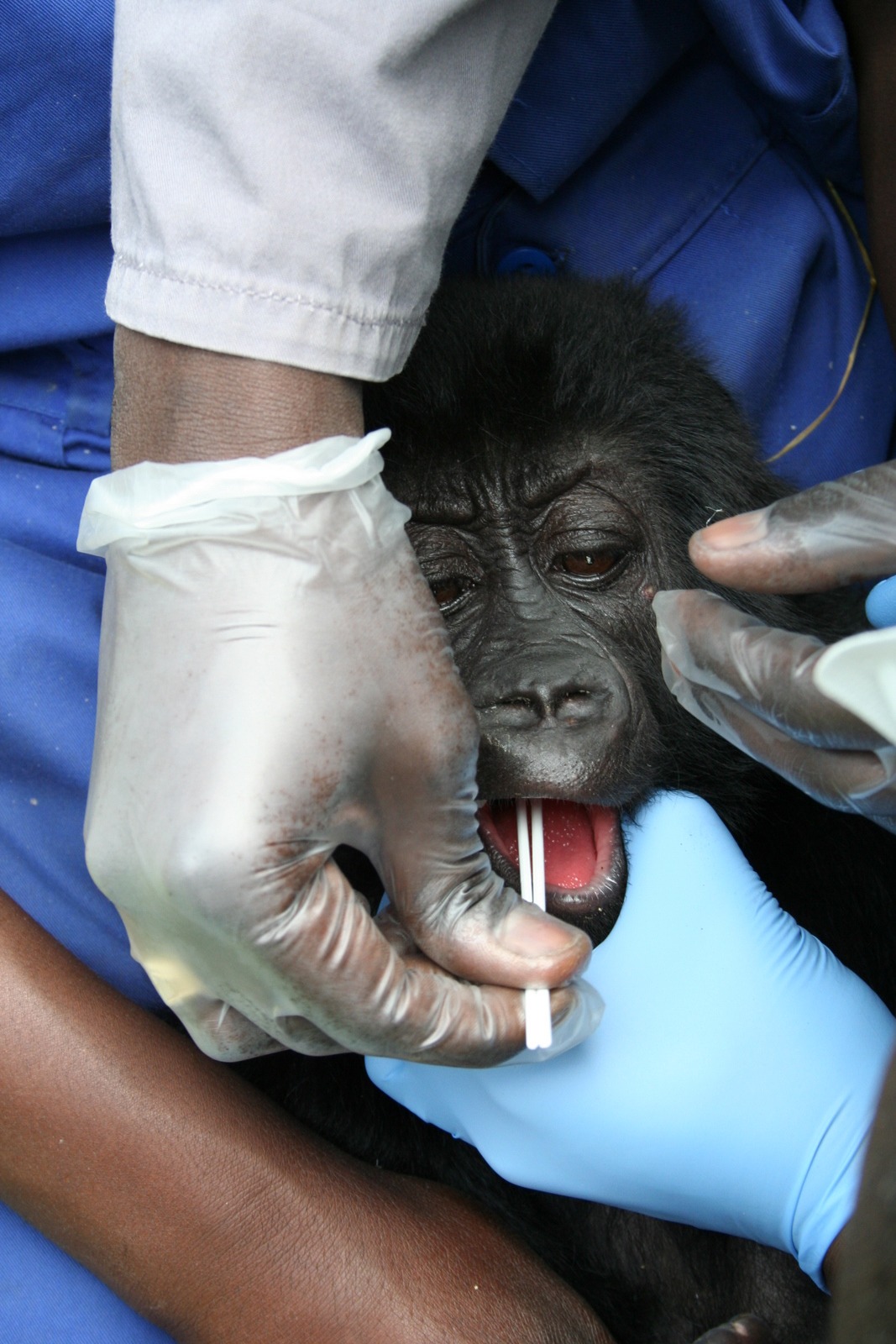
Gorilla intervention
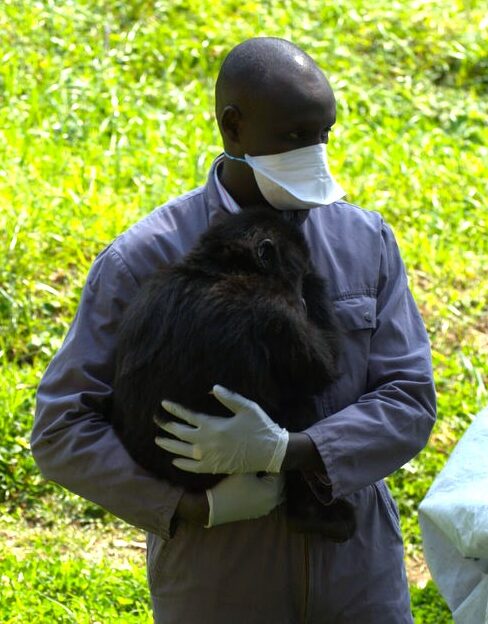
Captive gorilla care
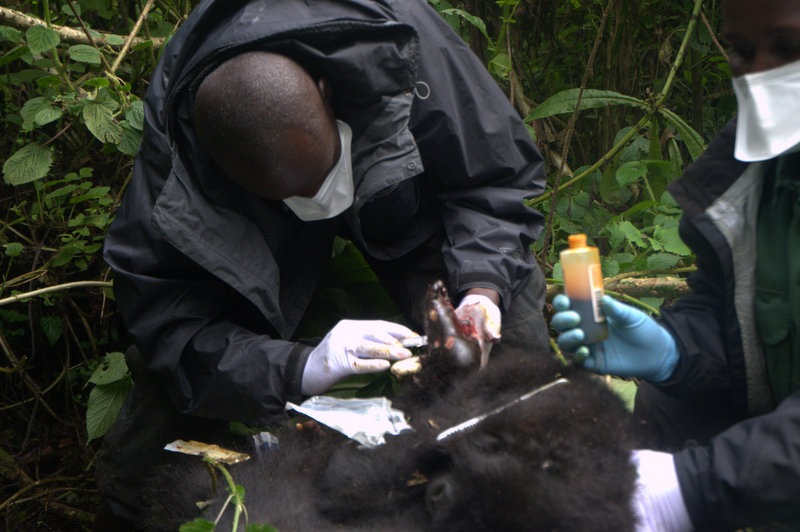
Gorilla interaction and injuries - Trauma
